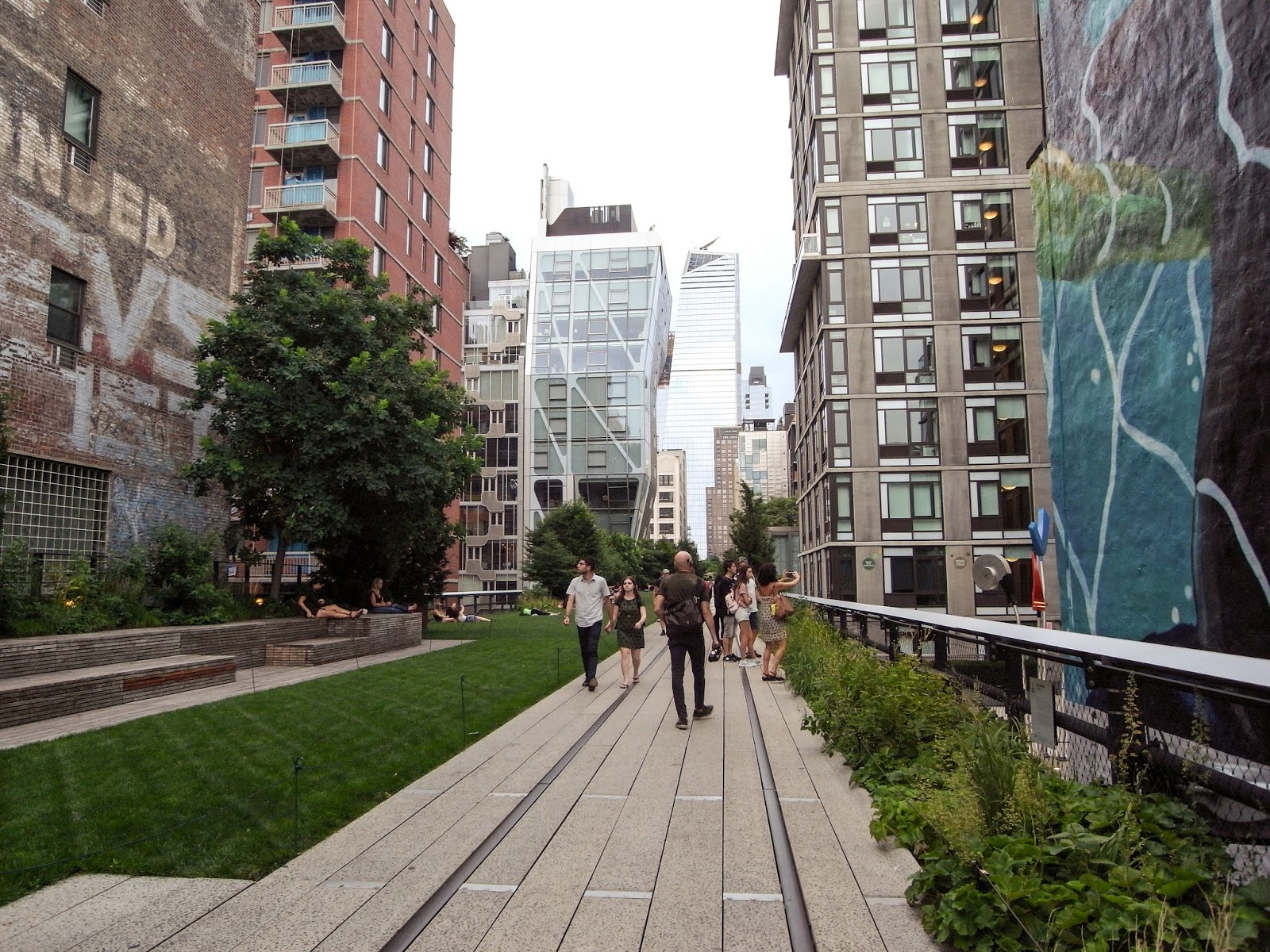On a drizzly morning I made my way over to
The Lot Radio, which, as the name, and logo, makes clear, is a (digital) radio operating out of a formerly disused lot. This was actually my second visit, having stopped by for the 4th July block party a few nights before, a fun night, but it was good to see the radio in its quieter, workaday mode.
 |
| 4th July block party at the Lot Radio |
In what remains an industrial part of the Brooklyn, the little triangular plot housing the radio was the site of a gas station after the war. By the 60s it was unused, standing as a ruin until the mid 90s when the City demolished the structure and sold the site on the cheap.
The radio has been operating out of the space for a year now. I met with owner Francois Vaxelaire who used to live nearby and had had his eye on the gated lot for some time, feeling - with the rest of the neighbourhood - the sense of an opportunity missed.
A small hand written ‘For Lease’ sign posted in April 2015 was enough to ignite the idea of a digital radio, something US-based to rival Red Light Radio in Amsterdam or NTS in London, and Francois took on a labyrinthine, bureaucratic process to realise the ambition. Given the opaqueness of that ill-defined process, it seems a significant part of the success of the radio is down to Francois’ simple persistence, and having learned through the experience, he is now involved with a small business task force; an attempt to create a little more transparency for others.
One issue in securing the lease was identifying the municipal authorities that had to be engaged (many, it transpired) given the proposed use was not so easily categorised. The other was formally defining the architecture of digital broadcasting. Since the lease couldn't be applied to an activity, only a building, it now operates out of repurposed container which overreaches its functional requirements to meet the stringent regulations of a habitable structure.
Half of the container houses the radio while the other accommodates a cafe that crucially generates enough income for the enterprise to be self supporting. During the time I spoke with Francois, people dropped by, got a coffee, sat down and hung out.


I wondered if there were any fears that the success of the radio might be its undoing, unwittingly becoming a meanwhile space by increasing the profile and value of the site, but it seems any future developer would be quite constrained by the industrial zoning laws and the need to remediate the site. Beyond this, there is also the way the project - with its aims to be ‘neighbourhood friendly; a radio, not a spectacle’ - has become a community asset, developing for example a symbiotic relationship with the adjacent church which regularly stages Lot events.

Later we take a walk to a nearby new hotel development with a landscaped park on its roof. This space has its legacy in planning measures that allow developers to offset additional floor area against the provision of public space. The spaces are meant to be signposted as publicly accessible, but this one isn't, in fact, its entry up a stair at a point furthest from the street seems decidedly private, and even once up, it has a hushed, corporate feel. The Lot, meanwhile, is open on all sides.










































